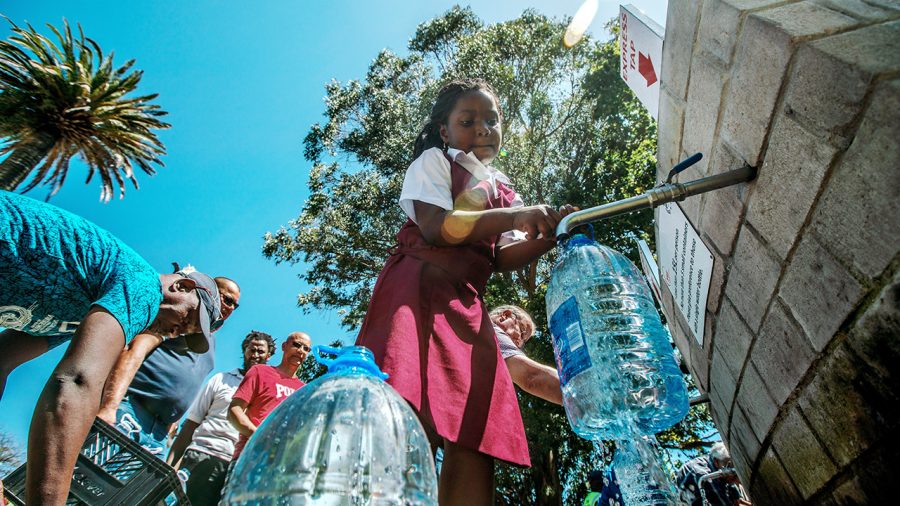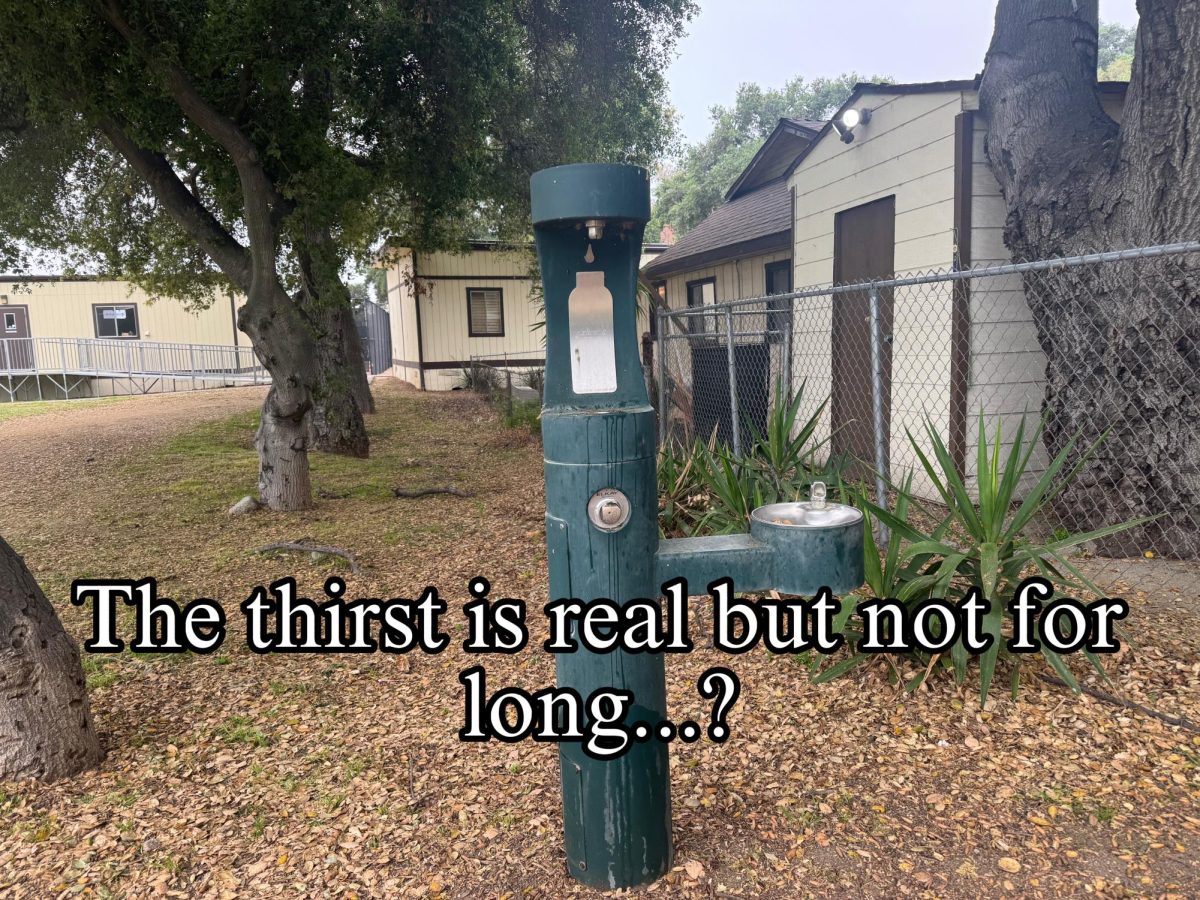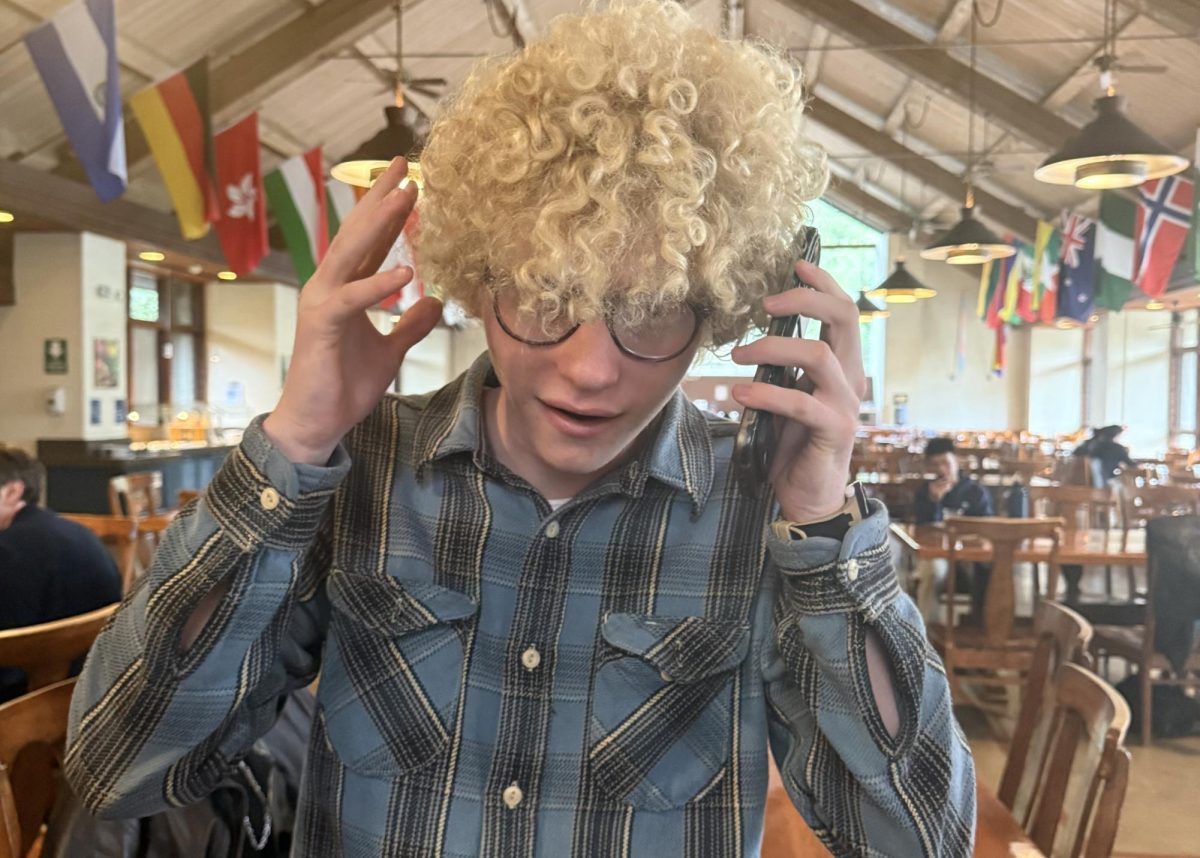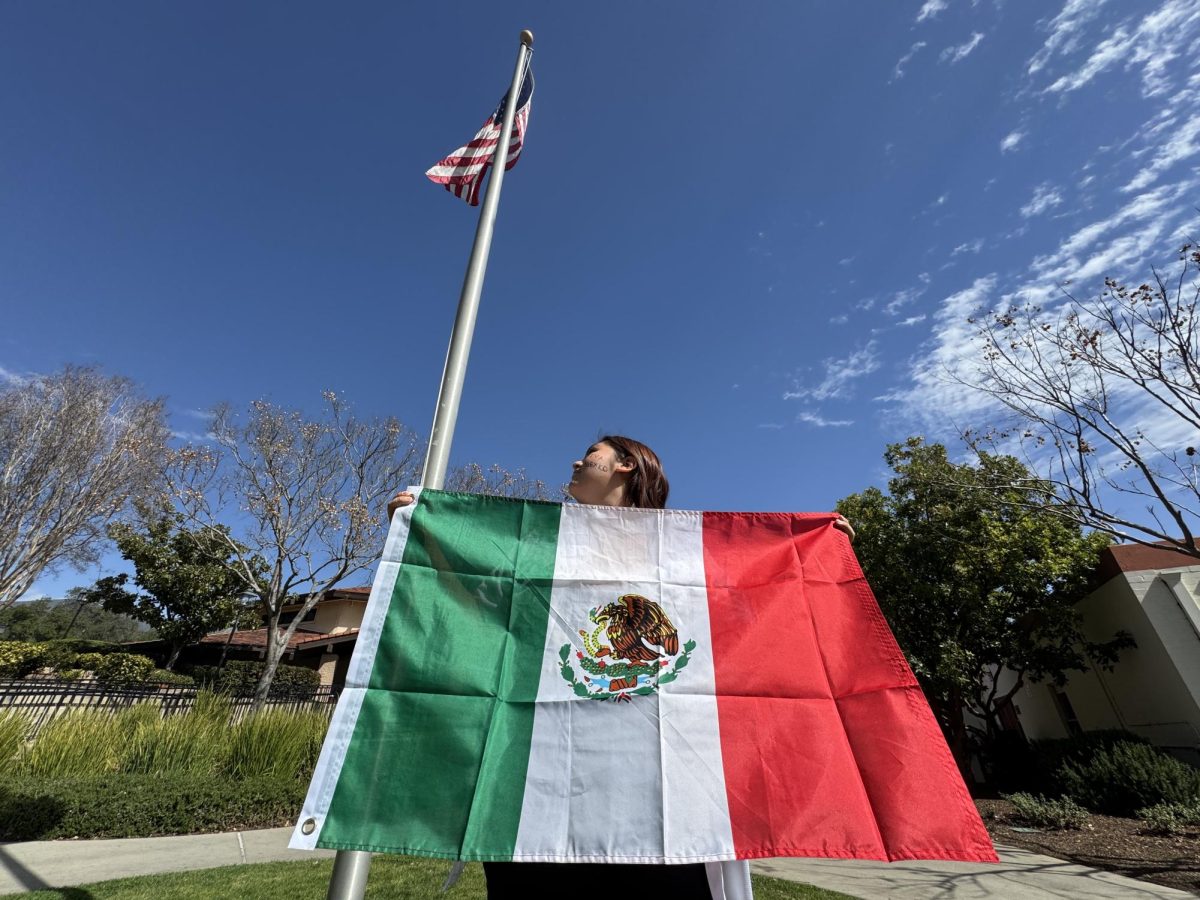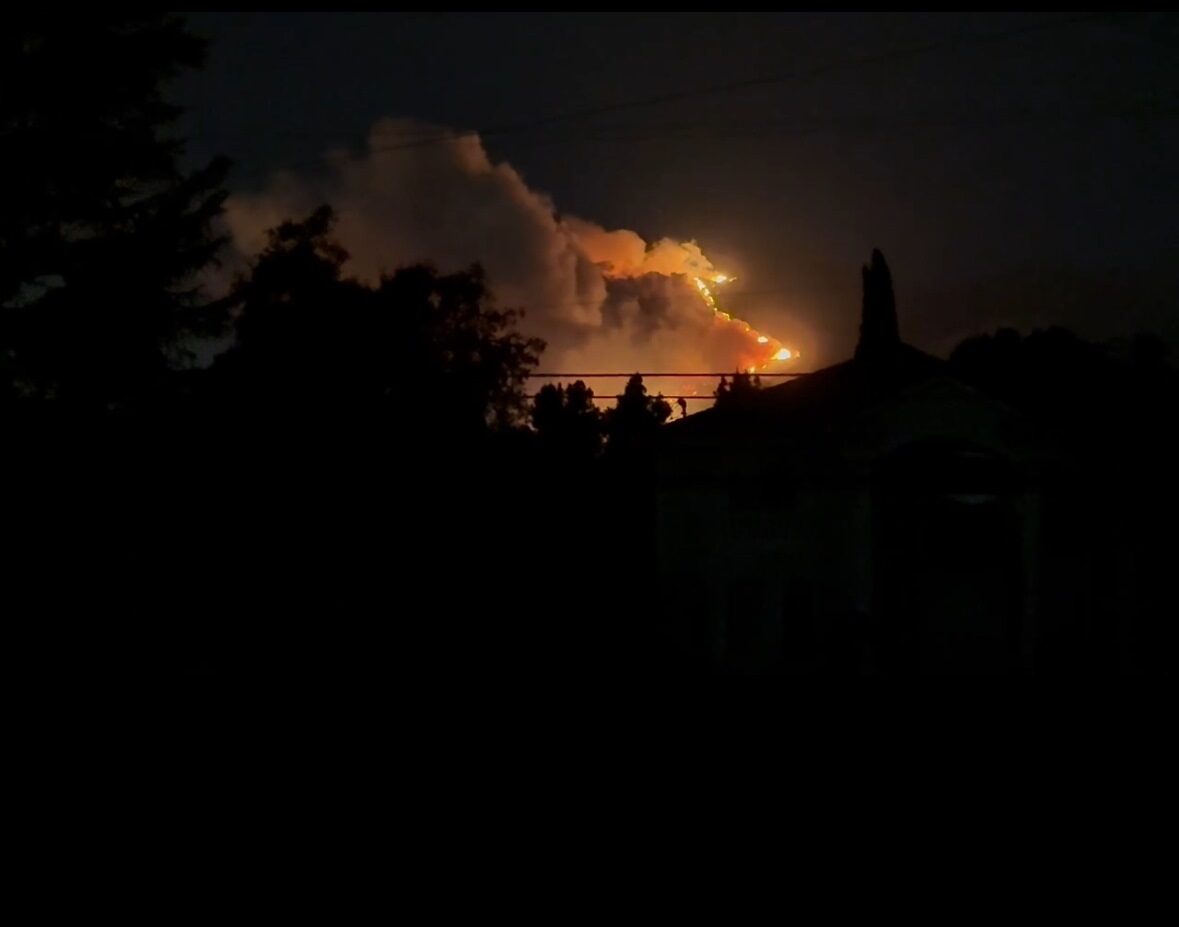Cape Town, the third wealthiest city in Africa, is predicted to become the first urban metropolis across the globe to run out of water.
The seemingly inevitable “Day Zero” would force authorities to cut off the water supply for three-quarters of the population, marking the first time in modern history that the taps of a major metropolitan city have gone desert-dry. It would force four-million Cape Town residents to line up at one of the city’s two-hundred emergency allocation points to collect their 25 liters of water every day.
City officials have urged Cape Town residents to use only 50 liters per day, less than one-sixth of what the average American consumes. Radical city-wide conservation efforts have reduced Cape Town’s water consumption by 57 percent, delaying the projected “Day Zero” from April 16th to July 9th.
The irony of the situation is that an entire ocean full of water surrounds the coastal shores along Cape Town’s western tip. However, the South African government would have to invest in constructing a network of expensive, energy-consuming desalination facilities in order to make the saltwater drinkable. Cape Town’s water crisis exposes a looming reality: the world may have to rely on the ocean to survive drought in the very near future.
Malika Neogi (‘20), a VWS boarder, commented, “I’ve heard the warnings about water conservation, but I’m shocked to hear that a major city like Cape Town is going to actually run out of water in just a few months. I think if the South African government would have acted upon constructing desalination facilities earlier, citizens could rely on distilled, packaged water compared to lining up for water rations every day. This entire situation is a giant social scare that could have been avoided with the proper preparation.”
Climate change is arguably the root cause of exacerbating Cape Town’s “Day Zero.” Both Cape Town and Claremont have relatively arid year-round temperatures, begging the question of whether or not Webb could face a water crisis in the near future. As a school, we consume 16.5 million gallons of water per year for irrigation, dorms, residences, dining hall, and all other campus-wide purposes. To put this statistic in perspective, 750,000 gallons of water flows over Niagara Falls in one second. It would take 22 seconds for the amount of water to supply our school for a year to travel over the falls.
Shyam Arya (‘18), a WSC day student, says, “I think being mindful about our individual water usage is important, but I think most of the water waste from Webb actually stems from the random sprinklers that are going off in the daytime and not evaporating, as well as the runoff from the rain that gets washed away down Gym Hill. I know there are a lot of schools that do collect water in that way, but we aren’t one of them.”
Mr. John Lawrence, an AP Environmental Science teacher, remarked, “It’s a sign of things to come because cities in the tropical and subtropical zones, and even the occasional temperate zone, are becoming drier and drier due to global warming and climate change. And as they become drier, their populations continue to grow. So, it seems clear that Cape Town will be the first to run their wells dry without enough rainwater to supply the city’s demand for drinking and other human activity purposes. Several other African countries, as well as the Middle East, will be next.”
Regardless of whether or not we are on the brink of a water crisis as extreme as the one in Cape Town, conserving water should be one of our top priorities as we transition into the warmer, generally drier, summer Californian months.


